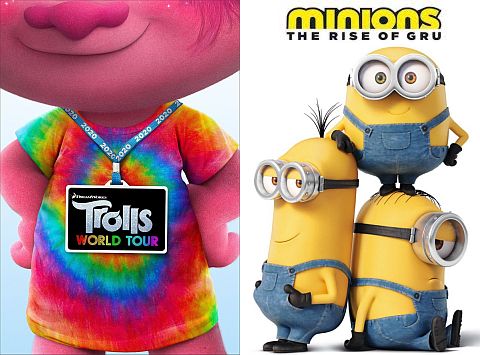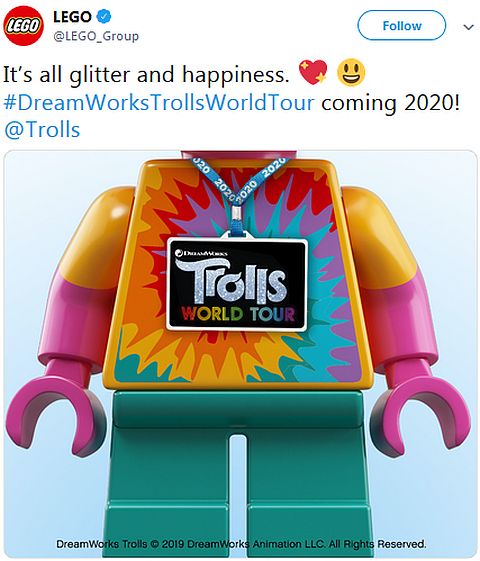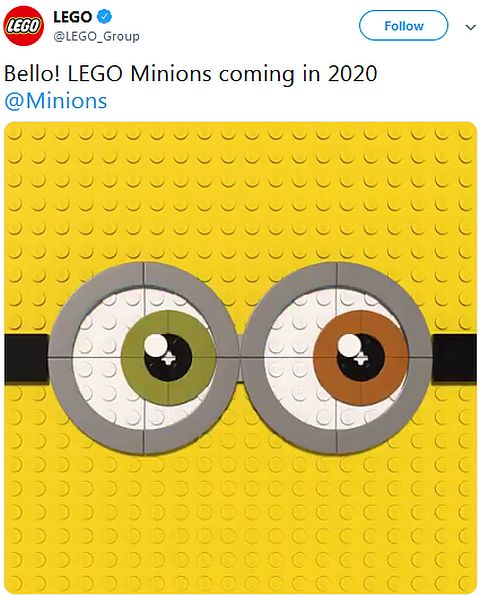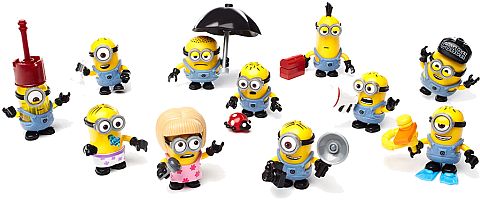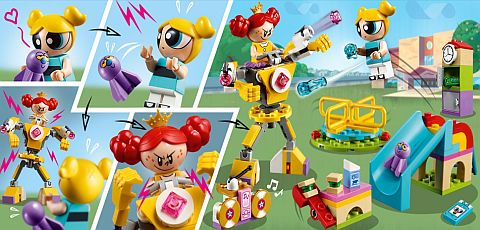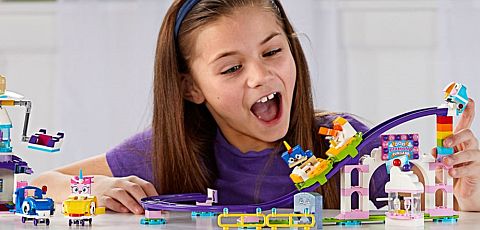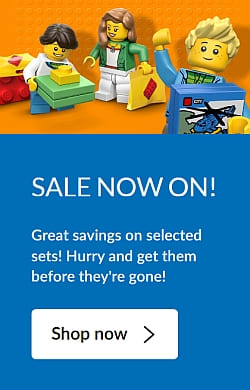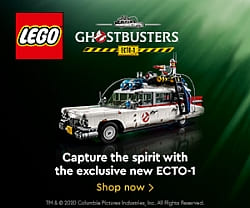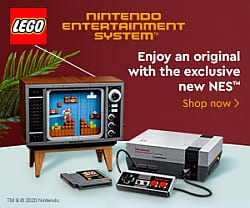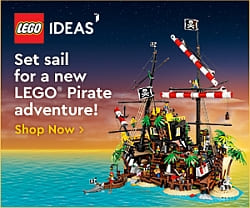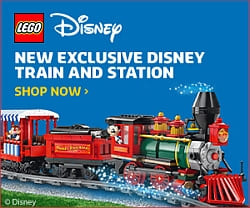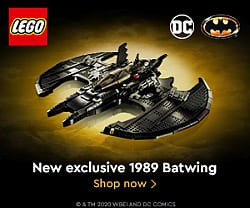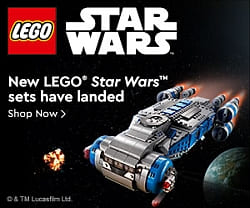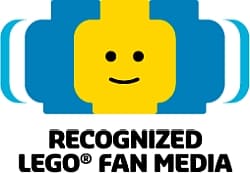Last month, the LEGO Ideas team gave a second chance to some of the previous projects that achieved 10,000 votes but were ultimately not approved. During this special review process, the LEGO Ideas team pre-approved four product ideas that they felt still had potential to become official sets. LEGO fans had only a couple of weeks to vote for their favorite from the four projects, and now the result is in! (You can read more about the projects and the voting process here: LEGO Ideas 10th Anniversary Re-Vote Now Open). The response from LEGO fans have been extremely positive, and over 22,000 LEGO Ideas members enthusiastically cast their vote.
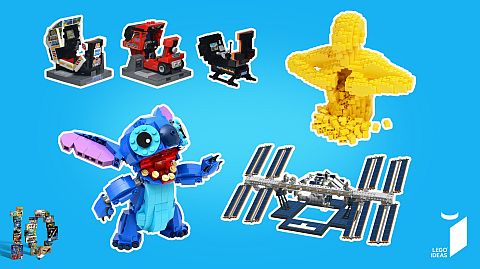
The LEGO Ideas team shared the following: It’s certainly been incredible for us to witness how passionate LEGO Ideas fans still remain about these product ideas and we’d like to send a special thanks to all four members – Nathan Sawaya, XCLD , Legohaulic, and SpacySmoke – for their passionate interest in participating in this special review. Second chances can certainly be great and filled with anticipation, but we also respect that they can be tough if the result doesn’t go in one’s favor. However, regardless of the results, all models are still works of exceptional quality that will live on in different ways and deserve a huge amount of awe and applause!”
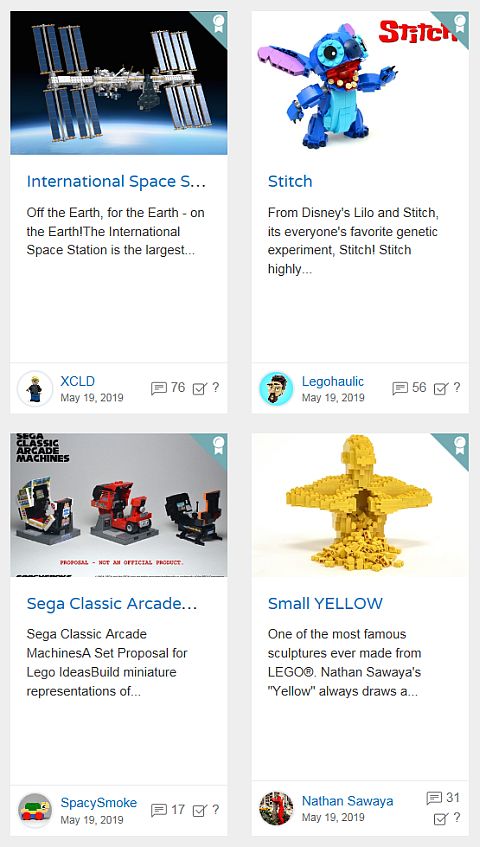
The result of the re-vote is as follows: Small Yellow by Nathan Sawaya got 2,924 votes, International Space Station by XCLD got 10,438 votes, Stitch by Legohaulic got 5,739 votes, and Sega Classic Arcade Machines by SpacySmoke got 3,788 votes. (You can read more about each product idea and see more pictures by clicking on the links.)
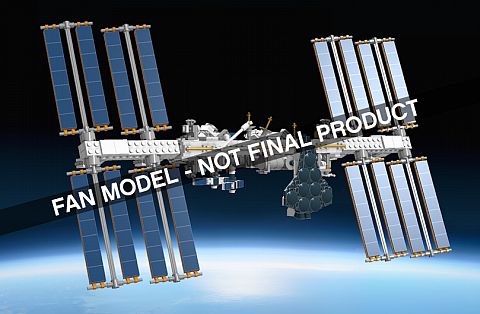
Big congratulations to XCLD whose design has achieved an unprecedented 45.6% of all the votes cast – an incredible achievement in short fan vote period. It continues to show the huge desire for space and space exploration among the LEGO Ideas community. The International Space Station design will now move into the official product development phase, in the same way as it works during regular reviews. As always, the LEGO Ideas team won’t be able to reveal any other details, including price, final design, etc., until we get closer to the set’s launch in 2020. But, they sincerely thank the many thousands of fans who voted, commented, and shared in order to make this re-voting event so successful.
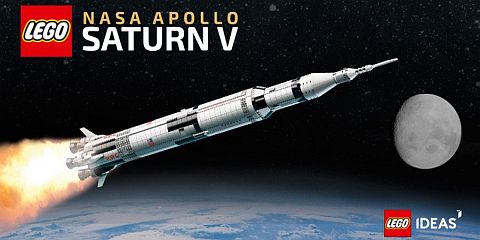
From what I have been reading, LEGO Space and NASA fans have been extremely happy about the International Space Station becoming an official LEGO sets. In fact, it looks like LEGO Space is in another golden era with several recently released and shortly upcoming space exploration sets. This includes the highly popular#21309 LEGO Ideas NASA Apollo Saturn V, the small #21312 LEGO Ideas Women of NASA set, the just released #10266 LEGO NASA Apollo 11 Lunar Lander, and a large LEGO City Space Exploration collection that’s already available in some regions and will be released in North America at the end of the month.
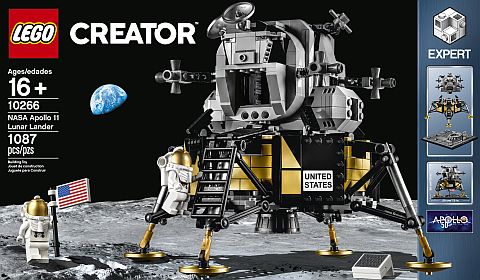
What do you think? How do you like the winning LEGO Ideas project? Which of the four candidates did you vote for? Feel free to share and discuss in the comment section below!
And you might also like to check out the following related posts:


